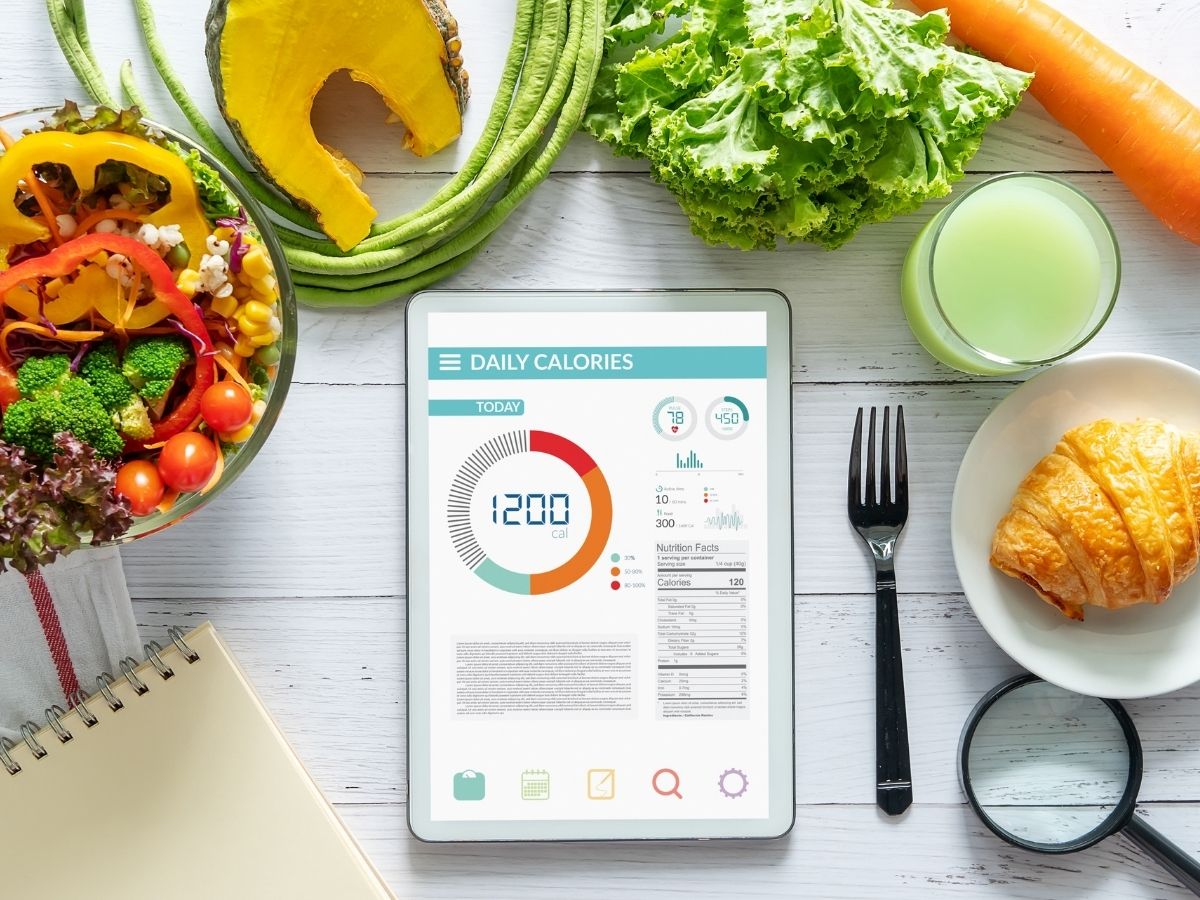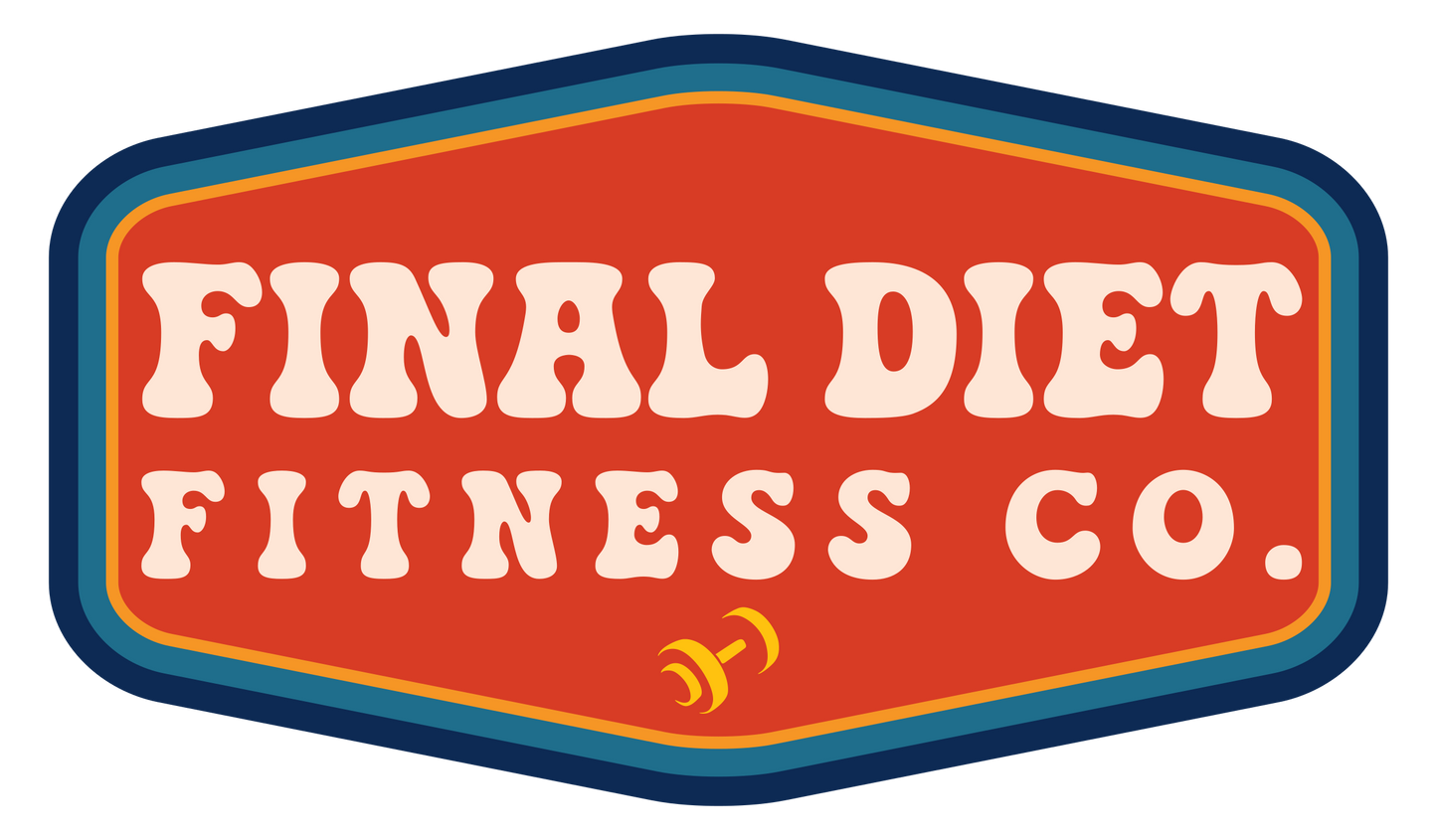
Calories are the foundation of every nutrition plan—no matter your goal.
Whether you’re trying to lose fat, gain muscle, or simply maintain a healthy weight, everything starts with one simple concept: energy balance.
Understanding how calories work gives you control over your results without relying on extreme diets or guesswork.
1. What Are Calories?
A calorie is simply a unit of energy.
Your body burns calories to perform every function—from breathing and digesting food to training in the gym.
You get calories from food and drinks, and your body uses them for:
- Basal metabolic rate (BMR): Energy needed for basic functions like breathing and heartbeat.
- Thermic effect of food (TEF): Energy used to digest and process meals.
- Physical activity: Exercise, steps, and all other movement throughout the day.
2. The Three Phases of Energy Balance
1. Calorie Deficit:
You’re eating fewer calories than you burn. This leads to fat loss.
- Ideal for: Fat loss, improved body composition.
- Expect 0.5–1% bodyweight loss per week as a sustainable target.
2. Calorie Maintenance:
You’re eating roughly the same amount as you burn.
- Ideal for: Weight maintenance, recovery phases, or muscle recomposition.
3. Calorie Surplus:
You’re eating more calories than you burn.
- Ideal for: Muscle building or performance-focused goals.
Your body doesn’t respond overnight—it adapts gradually.
The key is consistency and awareness, not perfection.
3. Why Food Quality Still Matters
Two diets with equal calories can have very different effects on energy, hunger, and health. For example, 500 calories from salmon, rice, and broccoli nourish your body far better than 500 calories from chips and soda.
Both count toward your calorie goal—but only one supports muscle recovery, steady energy, and hormonal health.
That’s why food quality complements calorie quantity.
Both matter, but each serves a different purpose.
4. How to Find Your Calorie Target
There are many online calculators, but a simple starting point is:
Maintenance calories: 14–16 calories per pound of body weight (for most moderately active adults).
From there:
- Subtract 300–500 calories per day for fat loss.
- Add 250–500 calories per day for muscle gain.
You can adjust over time based on results—if your weight isn’t changing after 2–3 weeks, tweak intake slightly.
5. Tracking and Awareness
You don’t have to track calories forever, but doing so short-term can teach portion sizes, calorie density, and balance.
Apps like MyFitnessPal or Cronometer make tracking easier by logging foods and scanning barcodes.
Over time, most people can transition from strict tracking to a more intuitive approach once they understand their needs.
Key Takeaways
- Calories in vs. calories out determine body weight changes.
- Choose your calorie target based on your goal—deficit, maintenance, or surplus.
- Food quality supports energy, health, and performance, even at the same calorie level.
- Tracking calories short-term helps build awareness for long-term success.
